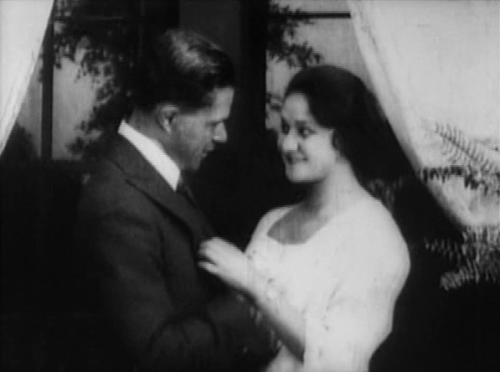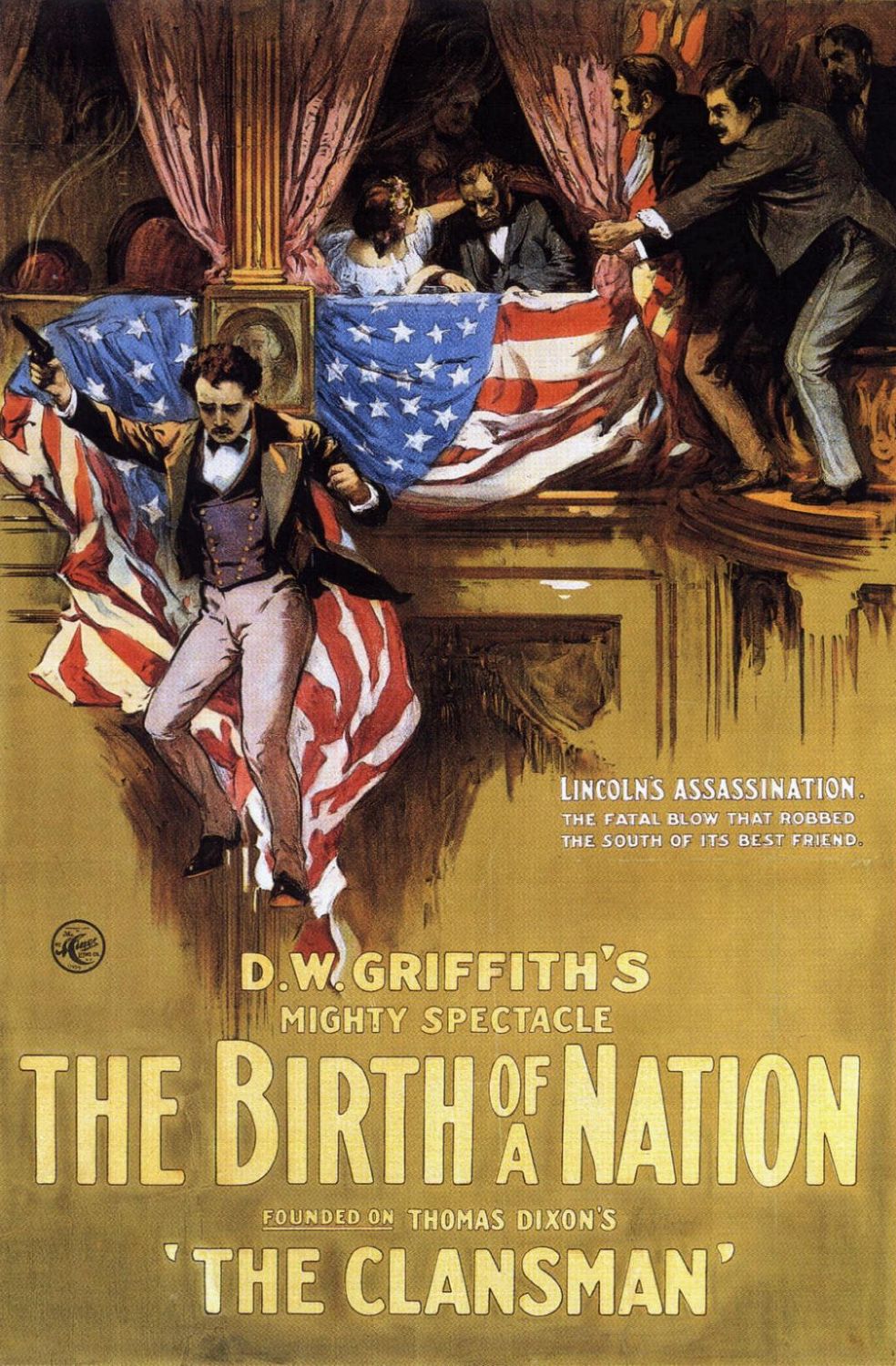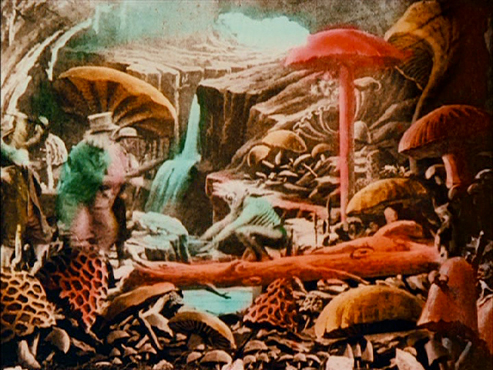Long before Buster Keaton became a household name during the 1920’s, Douglas Fairbanks recommended Keaton to play the leading role in this film, which Fairbanks had played on the stage previously (where it was originally titled The Lamb). The idea of movie stars was just coming into fruition throughout the past five years as cinema made its stride, and Fairbanks was certainly one of those stars. Thanks to Fairbanks’ suggestion, Buster Keaton became one of those stars as well.
Herbert Blaché’s The Saphead follows Keaton as Bertie, the titular “saphead” – purely innocent and oblivious – as he strives to marry a long-time family acquaintance, Agnes, while trying to impress his powerful financier father who believes he should make something of himself out in the world. Like any good Keaton film (even though this was not directed by Keaton himself), things do not go his way outright. On the side, there is Mark Turner, his brother-in-law, who is trying to keep secret the details of his affair with a woman named Henrietta from Bertie’s sister, Rose (Mark’s wife). If it doesn’t sound messy just yet, don’t worry, it will. Meanwhile, Bertie’s father is currently living well-off thanks to his new investment with the Henrietta mine – literally striking gold. All of these details converge at a climax equal parts hilarious, thrilling, and touching.
Long before Billy Wilder ever put that bittersweet touch on his films that made them so memorable, relatable, and classics in every sense of the word, The Saphead sure serves as an inspiration to that type of cleverly written, gently handled film that Wilder was known to do so well. At the heart of it all is Keaton’s adorable portrayal of a gullible, but kindly pure man who only lives as a “free spirit” with the best of intentions – to win the heart of his one true love, Agnes. In the hands of a lesser actor, the absent-minded character of Bertie might have been handled a little too inanely and made his character simply seem stupid rather than likable. But the power of Keaton is he always had a way to make his character likable, the same way Chaplin managed for many years as his famous “Tramp” character, even without using clever words or suave faces. Though he was not a household name at the point of this film, and his signature stunt work in silent films was yet to be renown to the world, his slapstick humor and creative stunt work during the climax at the Stock Exchange was certainly enough evidence of what was to come.
However, the film does not solely work due to Keaton’s delightful performance – as well as the decent performances of his supporting cast – but the writing is what puts it above the other films of the year or decade. Adapted from a play, it certainly has all the aspects of a good play with clever, whimsical dialogue which dashes off the tongue to make for many humorous moments as well as setting up many elements that would come together for an explosive climax. Thanks to director Herbert Blaché’s wonderfully light touch, it actually manages to work outside of the stage as it almost feels ripe for a film straight out of the 1950’s during Wilder’s reign where clever dialogue reigned supreme.
All in all, the film has several elements going for it and very few going against it, which makes it an instant crowd-pleaser for me. The one element that sets it apart, however, is Buster Keaton which was in a league only occupied by him and Chaplin for the next decade which made audiences hearts soar with delight, but feel with the utmost sincerity. For this, it easily pushes itself above many other films of the decade, and only excites me more to watch many more films from his repertoire and for the hopes that I can manage to find many other small gems such as this throughout the next few years. Hopefully quite a few more audiences will do the same regarding this film, as it would have been well worth the 27 cents to see it in theaters during 1920 (many times over, might I add), but now we even get to watch it for free on YouTube. Should count ourselves lucky.








